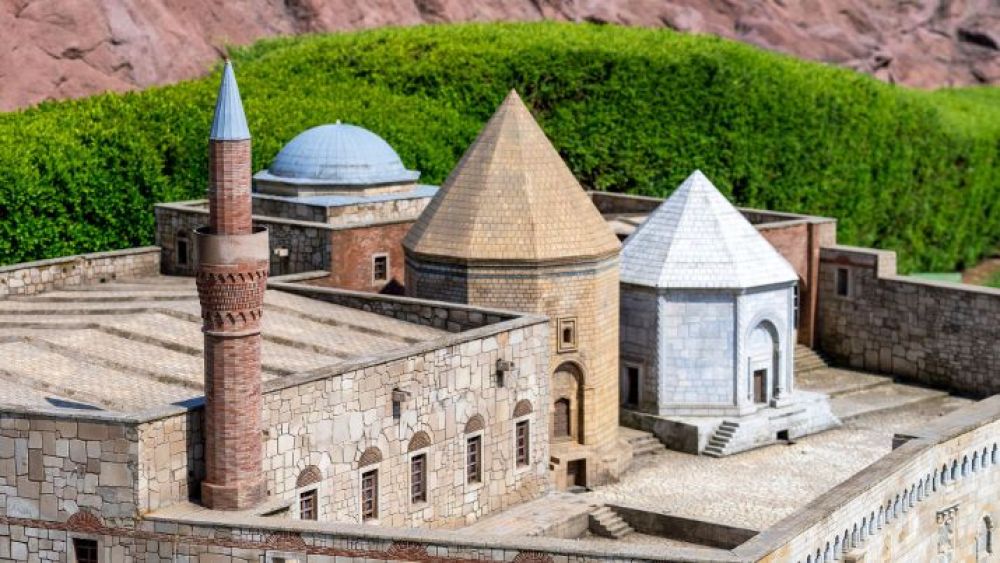

Bearing witness to the grandeur of the Seljuk Dynasty, the Alaaddin Mosque stands proudly in Konya, Turkey, as one of the most significant historical sites in the region. Built during the reign of Sultan Alaaddin Keykubad I in the 13th century, this mosque is a quintessential example of Seljuk architecture and Islamic art. Over the centuries, it has drawn innumerable visitors, from scholars and historians to tourists, intrigued by its magnificence and spiritual ambiance.
The attraction of the Alaaddin Mosque to tourists and spiritual seekers alike began as early as the Seljuk period when Konya served as the capital of the empire. The mosque was situated at the heart of the walled city, being part of the royal palace complex. The site's popularity increased substantially after the fall of the Seljuks, as the mosque took on greater religious significance, attracting pilgrims and travelers from the Islamic world.
During the Ottoman era, and especially throughout the 19th and 20th centuries, Konya became an important stop on the itinerary of Western travelers exploring the Ottoman Empire, with the Alaaddin Mosque often featured in their travelogues. By the 20th century, as modern tourism began to take shape, the mosque had established itself as a must-visit for those interested in medieval Islamic history and architecture.
In the present day, tourism at Alaaddin Mosque reflects the global trends in cultural and historical travel. Visitors to Konya often partake in a journey through the city's spiritual history, with the mosque serving as a cornerstone of the experience. Intact Seljuk-era features, such as the intricately carved minbar (pulpit) and the mesmerizing geometric patterns adorning the mosque, captivate those who walk its ancient halls.
The mosque's proximity to the tomb of Rumi, the famous Sufi mystic, and poet, also contributes to its status as a tourist beacon. Pilgrims and admirers of Rumi's work frequently extend their visit to the Alaaddin Mosque, reinforcing the spiritual dialogue between these two historical gems.
In recent years, tourism trends surrounding the Alaaddin Mosque have seen a shift towards more immersive and authentic experiences. There is a growing interest in eco-friendly and sustainable travel practices, with many tourists seeking to minimize their environmental footprint while exploring historical destinations like Konya.
Furthermore, the digitalization of travel has led to the proliferation of virtual tours and online educational content about sites like the Alaaddin Mosque, reaching a broader audience of potential visitors. The trend of experiential travel, where tourists engage in local customs and traditions, has also transformed the tourism landscape, encouraging deeper, more meaningful interactions with the history and culture of places like Alaaddin Mosque.